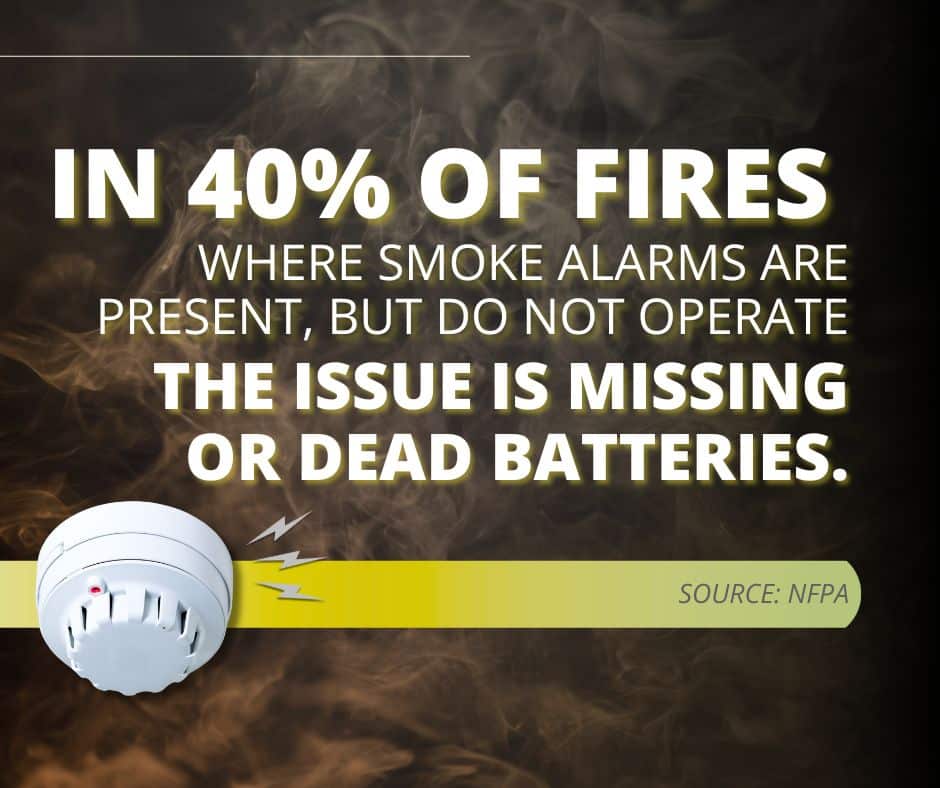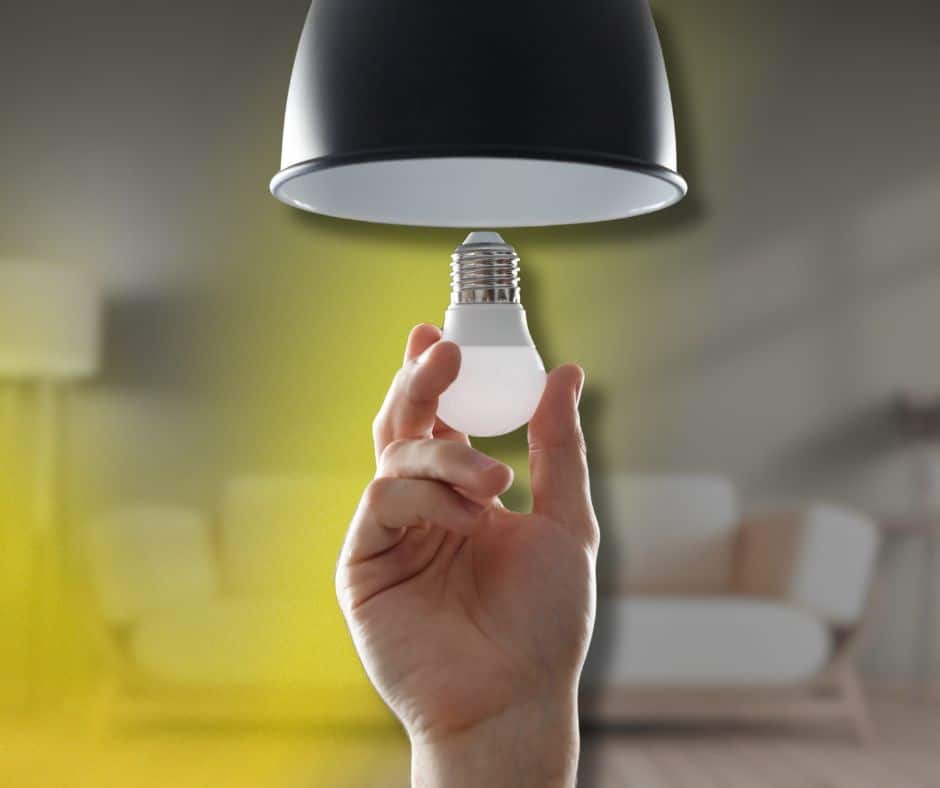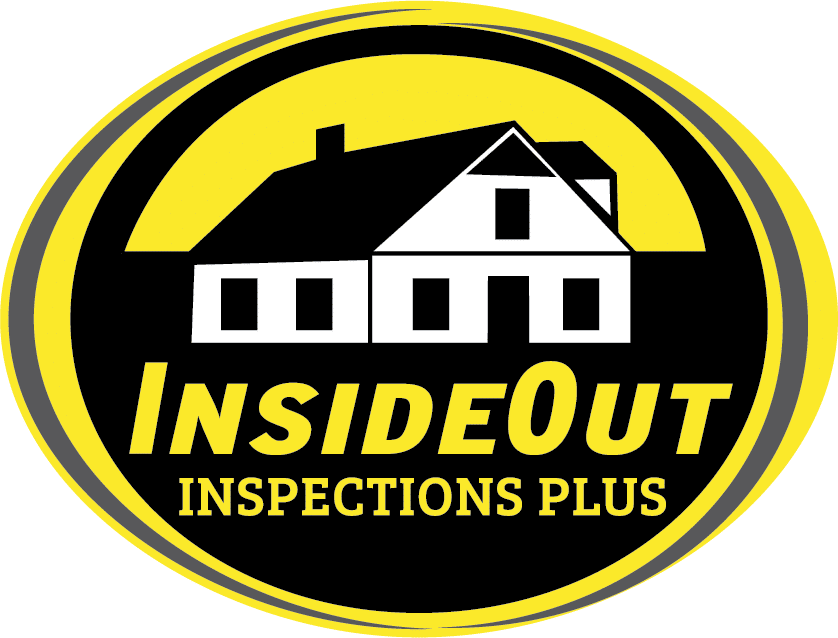When you move into a new home, there’s a lot to think about beyond furniture and paint colors. Between unpacking boxes and updating your address, it’s easy to miss the behind-the-scenes essentials that keep your home safe, efficient, and running smoothly.
As home inspectors working with buyers throughout this region, we’ve seen what often gets skipped in those first few months.
This list of new home essentials goes beyond the usual basics to help you start off right, avoid common issues, and protect your investment.
Safety and Security Essentials
Even in a safe neighborhood, it’s smart to take early steps to protect your home and family.
1. Change the locks
You never really know how many copies of the previous keys are out there. Schedule a locksmith or swap out the locks yourself before your first night.
2. Test all smoke and carbon monoxide detectors
Every level of your home should have working detectors. If you didn’t replace the batteries during your inspection period, now’s the time. In more than 40% of fires where alarms failed to operate, the problem was missing or disconnected batteries
Check the manufacture date too. Smoke detectors should be replaced every 10 years.

3. Locate your emergency shut-offs
Find your water main, gas valve, and electrical panel. If something leaks, sparks, or breaks, knowing where these are can prevent bigger problems.
4. Install security lighting and cameras
Motion-activated lights and doorbell cameras are simple to set up and can add peace of mind, especially if you’re new to the neighborhood.
Maintenance Tools Every Homeowner Needs
You don’t need to become a handyman overnight, but a few basic tools will help you handle small tasks and avoid calling a pro for minor fixes.
5. Buy a fire extinguisher (or two)
Keep one in the kitchen and one in the garage. Make sure they’re rated for grease and electrical fires.
6. Build a basic home toolkit
Must-haves include a hammer, screwdriver set, pliers, utility knife, flashlight, measuring tape, and a cordless drill. You’ll be surprised how often you reach for them.
7. Invest in a quality air filter and replacements
Find your HVAC system’s filter size and replace it every 2 to 3 months. This keeps your system efficient and your air cleaner, especially during colder months when it runs more often.
8. Get a ladder and gutter scoop
Gutters clog fast in this region with all the seasonal debris. Cleaning them out helps prevent water damage and roof issues later.
Smart Checks That Make a Big Difference
Many new homeowners focus on unpacking and decorating, but setting a few maintenance routines early can prevent major headaches down the road.
9. Schedule a seasonal HVAC check
Have your furnace or AC serviced before peak season. This keeps your system efficient and helps catch problems before they become expensive emergencies.
10. Walk the perimeter of your home
Look for signs of drainage issues, cracks in the foundation, or places where landscaping slopes toward the house. Redirect downspouts away from the foundation to help prevent water damage and mold.
11. Create a maintenance calendar
Even a simple checklist on your phone can help. Plan for filter changes, smoke alarm tests, gutter cleanings, and a roof check at least once a year.
Easy Upgrades That Pay Off Over Time
Some of the best upgrades aren’t flashy, but they make life easier and your home more efficient from day one.
12. Install a smart thermostat
According to the U.S. Department of Energy, programmable thermostats can save homeowners up to 10 percent per year on heating and cooling costs.
13. Swap out outdated light bulbs
LED bulbs last longer and use less energy. They also come in various warmth levels to match your lighting preferences.
14. Check and replace caulking
Look around tubs, showers, sinks, and windows. Gaps in caulk let moisture in and can lead to mold or wood damage over time.

Don’t Forget These Outdoor Essentials
Weather in this region can be unpredictable, so outdoor prep matters just as much as interior upkeep.
15. Get a snow shovel and sidewalk salt
Even if you’re moving in during warmer months, stock up early. Winters here are no joke.
16. Buy a hose and nozzle
You’ll need this for everything from watering plants to cleaning patio furniture and siding.
17. Inspect your sump pump if you have one
Waterproofing matters in this region. If your home has a sump pump, test it to make sure it’s working before the next storm.
When to Call a Home Inspector
Even if you just bought your home, issues can pop up quickly. Small things missed during a showing or changes in the weather can expose problems that weren’t obvious before.
Call an inspector if you notice:
- Damp smells or water spots in the basement
- Persistent HVAC issues or short cycling
- Cracks forming near windows or doors
- Electrical outlets that spark or feel hot
- Water stains forming on ceilings or walls
At InsideOut Inspections Plus, we help homeowners across this region spot essentials that say something’s off with a new or old home.
Whether you need a follow-up inspection or just want to get ahead of seasonal maintenance, we’re here with expert advice and clear reports you can act on.
Conclusion
New home essentials aren’t just about comfort. They’re about safety, protection, and long-term value.
From securing your home and checking your HVAC system to stocking the right tools and preventing water damage, the steps you take now can save you time and money later.
If you’re not sure where to start or want a second opinion on your home’s current condition, schedule a home inspection with InsideOut Inspections Plus. We’ll help you settle in with confidence, knowing the important stuff is covered.


